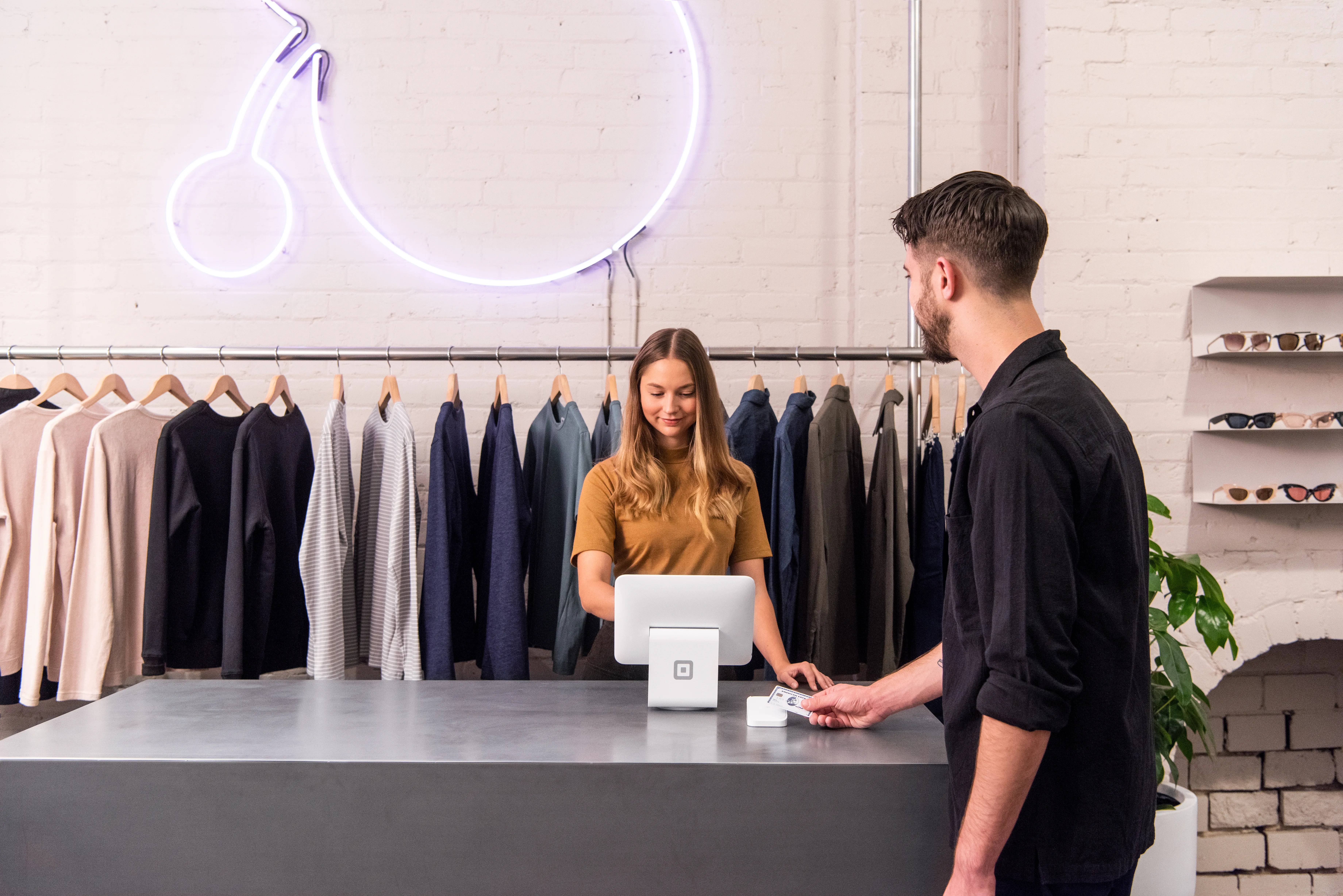Table of contents
Building customer loyalty in the next decade of business will require a renewed focus on customer relationships. And businesses will need to continue to leverage insights to empower customer decision making.
Consumers have grown more accustomed to high standards of convenience and user experience. Combined with an increasing number of options, it’s harder to build customer loyalty. Shoppers will only be loyal to companies that meet their needs in the most targeted, personalised ways possible.
Developing customer loyalty and meeting those personalised expectations starts with understanding each customer as an individual with unique needs and preferences. Acquiring that kind of understanding takes time, making long-term customers’ buying histories exceptionally valuable to businesses. In fact, according to a study by Deloitte, increasing customer loyalty rates by just 5 percent can increase profits by 25 percent to 95 percent.
That’s why digitally savvy marketers — around 64 percent, according to a report from Salesforce — are making consistent, personalised customer loyalty programs a priority. By learning customers’ needs and preferences up front, companies can design experiences that capture their attention. This makes it easier for customers to get what they like from a company, with minimal decision barriers.

Anticipate customers’ needs
Personalisation and consistency have always been central to a great customer experience. Mail-order catalogues and grouping department store goods by category were early ways that retailers looked to make the physical purchase of products more convenient. Personal shoppers and VIP programs were expansions on the same idea, offering services that cater to specific clients’ needs and goals.
But customer experience today is about more than physical purchasing, and that’s changed the nature of shopping. According to Google data, 61 percent of customers want a personalised experience based on their preferences. Moreover, 90 percent of leading marketers say personalisation significantly contributes to their business’s growth. Online eCommerce sites and marketplaces use search and browsing-based information (as well as past purchase data) to personalise customers’ experience on their sites.
Every time a shopper visits Amazon, for example, the recommended products and options are more and more tailored to their activities on the site. Convenient tools that help sellers track orders, offer wish lists, and rate products bring customers back time and again, earning more and more data to inform sophisticated recommendation algorithms.
Personalised recommendations are key to making an online customer experience about more than just convenient access to loads of product options. In fact, when presented with too many options, customers tend to get what is sometimes called “analysis paralysis”. They find shopping decisions harder to make in the face of more options rather than fewer, leading to purchase anxiety over the number of decisions they have to make. For eCommerce businesses, this anxiety can often result in a rise in abandoned carts and a loss of customer loyalty.
That’s why the next era of personalisation is all about simplifying purchasing decisions for customers. Using technology to better understand customers and serve up hyper-targeted experiences and products aligned to their needs is the future of personalisation strategy.

How to start a customer loyalty program
Truly managing customer relationships means seeing them as more than conversion targets. It’s about knowing what they want, their pain points, and even their goals in order to provide goods and services that meet a need or improve their lives.
The most digitally savvy retailers are developing customer loyalty as directly as possible (and large companies are wise to take a page from their playbook). Direct-to-consumer (D2C) companies, for example, use profiling tools like surveys and quizzes to understand customers’ unique needs from the very start of the relationship. They then use those insights to fuel their sales funnel and develop a more personal relationship with their customers.
For example, subscription vitamin service Vitable built its business around personalisation. Customers answer questions about their health and lifestyle so the company can deliver customised supplements, selected for detailed reasons, that meet customers’ specific needs. You can adjust anytime if your health needs change or get recommendations and delivery schedules based on ongoing feedback to assure customer loyalty and satisfaction.
Other start-ups take similar approaches by leveraging customer loyalty programs for small businesses. If you are wondering how to start a customer loyalty program, then wonder no loner. Square’s customer loyalty software gives you the tools you need without having to purchase additional POS or software. It’s a perfect solution for start-ups that are on a tight budget, but still need to start building brand loyalty.
Bellabox, for example, has new customers complete a beauty profile quiz, then creates a personalised package containing skin care and haircare sample products aligned to their needs. Glam Corner, a women’s wardrobe company whose mission is “waging a war on fashion waste by providing a smarter and more sustainable alternative that is better for the community and the environment.” — gives customers the option to book an online styling session and even goes as far as allowing the option of a one-time rental of their products if a customer needs a dress for a special occasion or a more professional look for that interview.
Expanding from targeted online recommendations to in-person service offerings is a growing trend and an ace way to build customer loyalty. Companies like Dresden Vision and Allbirds plan to launch brick-and-mortar locations that allow customers to interact with select products they’re likely to need. These stores act as showrooms for their online products, and as merchandising channels for goods that expand on the brands’ core offerings (like Kola offering not just mattresses but also other sleep products such as sheets, pillows, and bed bases). The trend has brought the concept of a personal shopper full circle, but with a digital twist.
Serving up a curated selection of things customers are likely to buy, especially in an in-person environment, eliminates analysis paralysis while building on the brand-customer relationship. That kind of memorable experience helps drive the kind of loyalty that gets customers coming back time and again.
Nurture customer relationships
Ultimately, personalisation strategies are essential to driving customer loyalty. A recent survey by Acquia, showed that 87 percent of customers believe technology should make their experiences with brands better, and 70 per cent abandoned a brand or switched to a competitor if their personalisation experience was poor.
For more traditional retailers and other businesses, however, reaching the same degree of personalisation and customer loyalty as today’s D2C leaders is no easy feat. Since most operate both brick-and-mortar businesses and eCommerce websites, they tend to have separate payment ecosystems across channels (and thus separate, siloed ecosystems of customer information). With disconnected systems, it’s difficult to understand customer behaviour holistically and develop personalised experiences.
Conquering those challenges now is essential to their future success, as customers’ personalisation expectations are rising at an unprecedented pace: According to Salesforce, 52 percent of consumers expected that by 2020, companies would anticipate their needs and make relevant suggestions before they even made contact.
By optimising with a more holistic payments solutions suite, companies can create better experiences from the ground up — using customer-driven profile tools and analytics to better understand what customers want, as well as how they browse, buy, and otherwise engage with the brand over time.
With that information, companies can develop better recommendations that make customers’ decisions easier (helping unlock better retention and more loyalty) and develop products that rise to their changing needs. Using private customer feedback, you can focus on the areas you need to create or improve customer loyalty ideas. Delivering products and services in a targeted way — based on information from strong customer relationships — will be key to customer loyalty success for traditional merchants and D2C companies alike.

![]()












